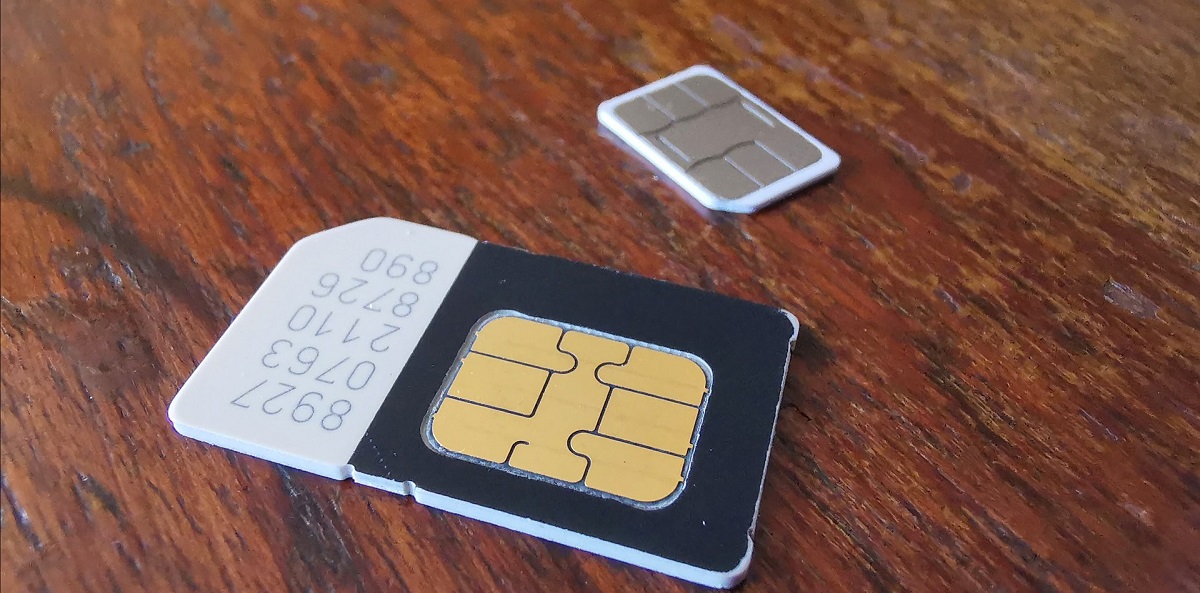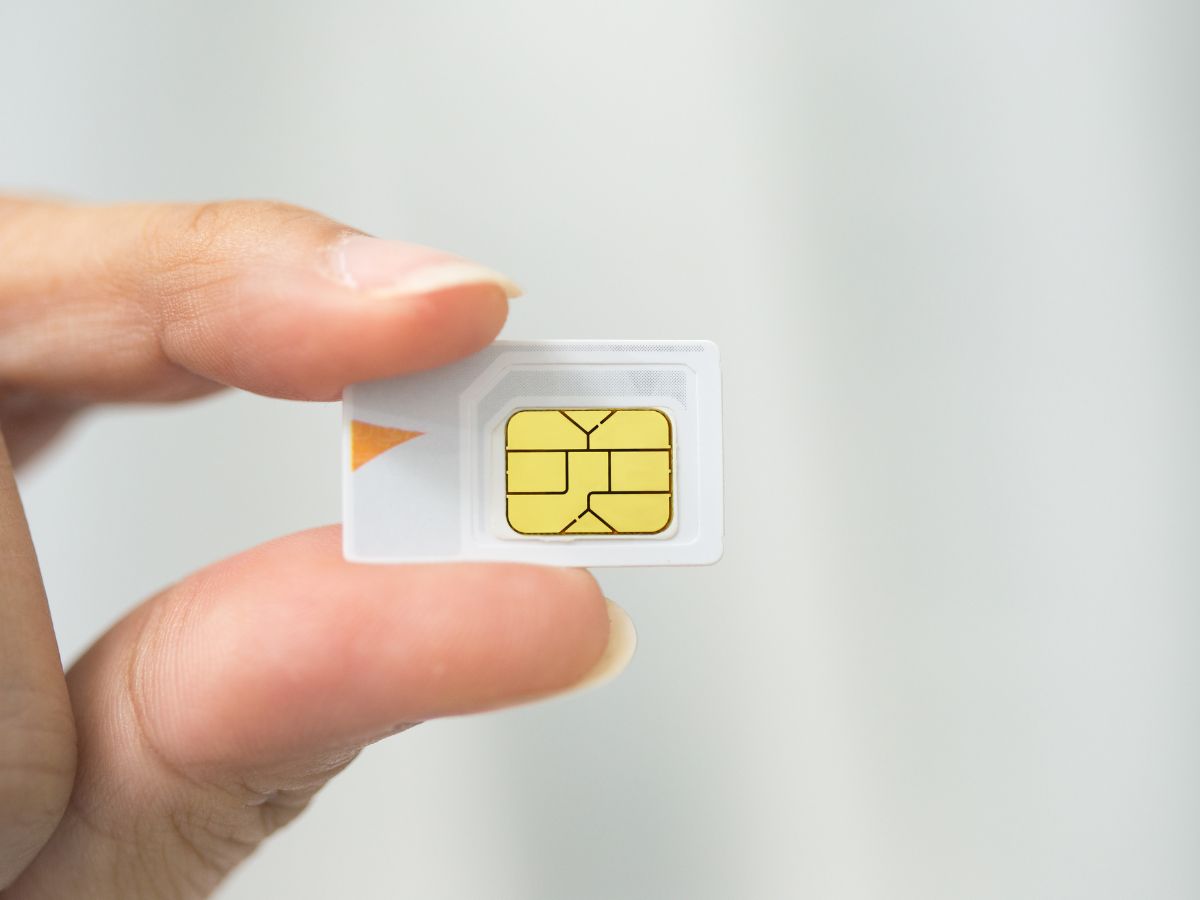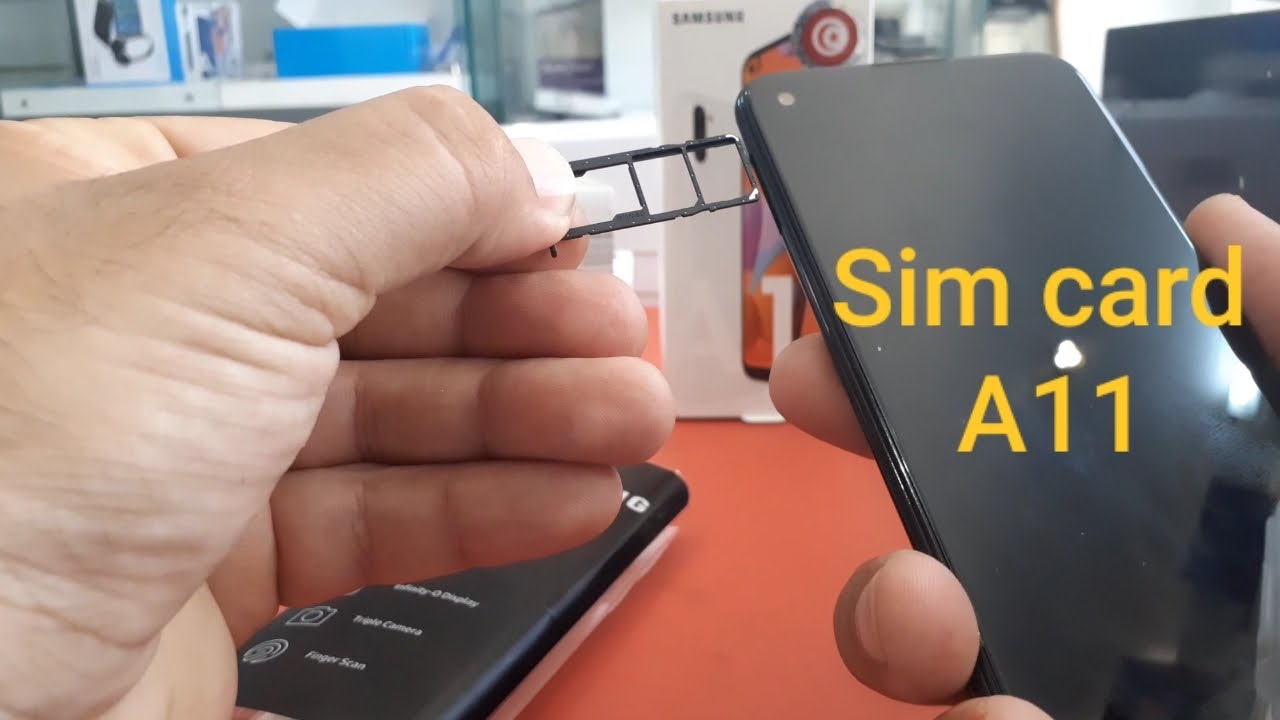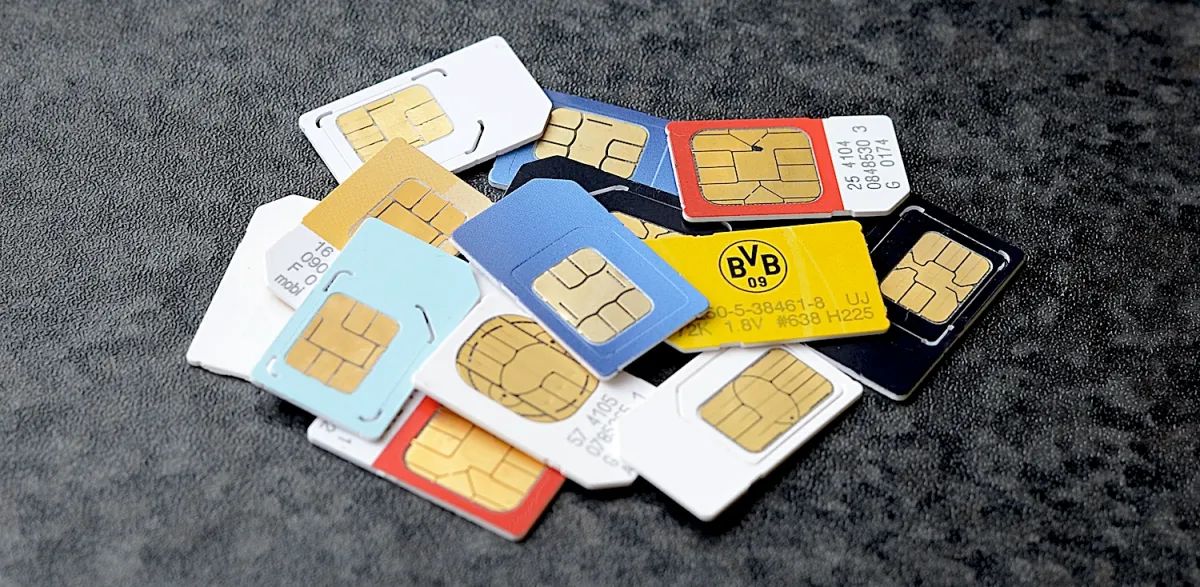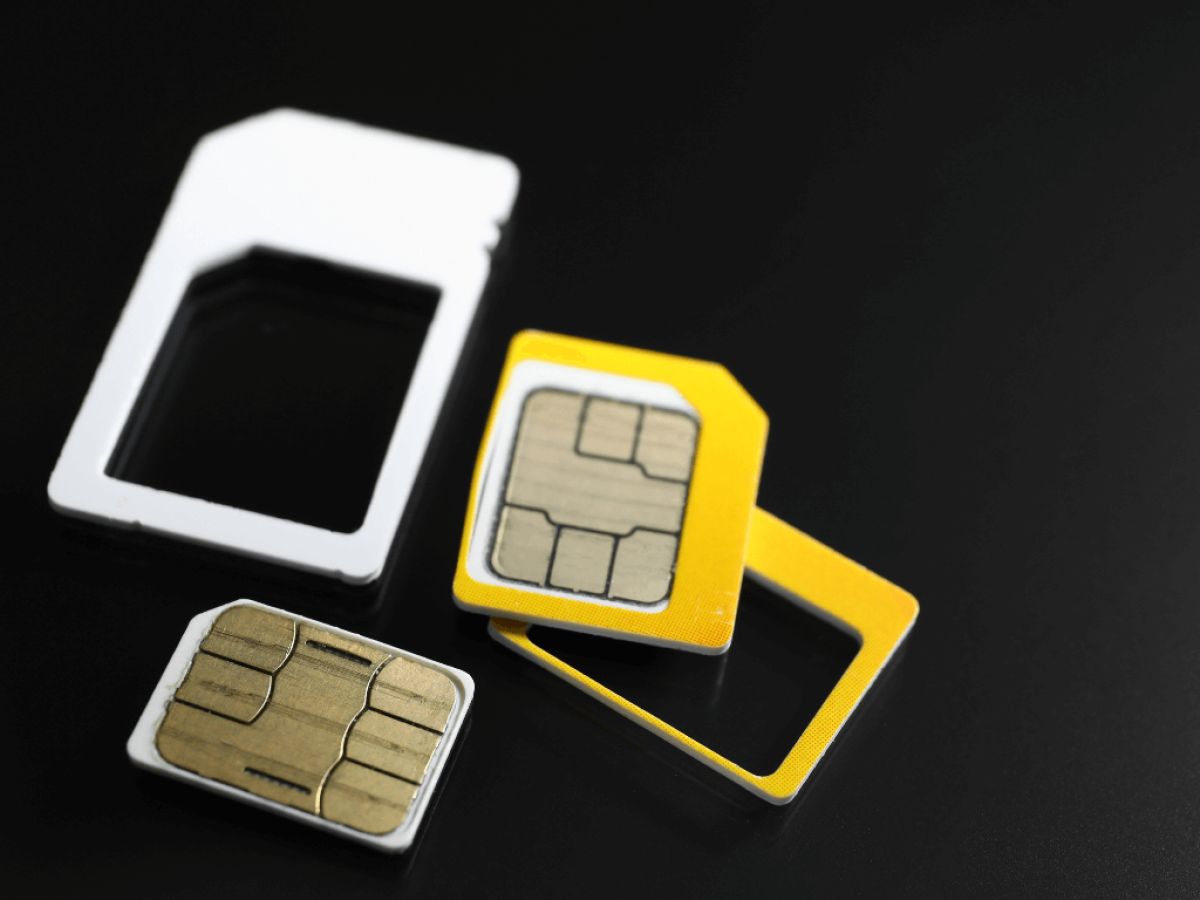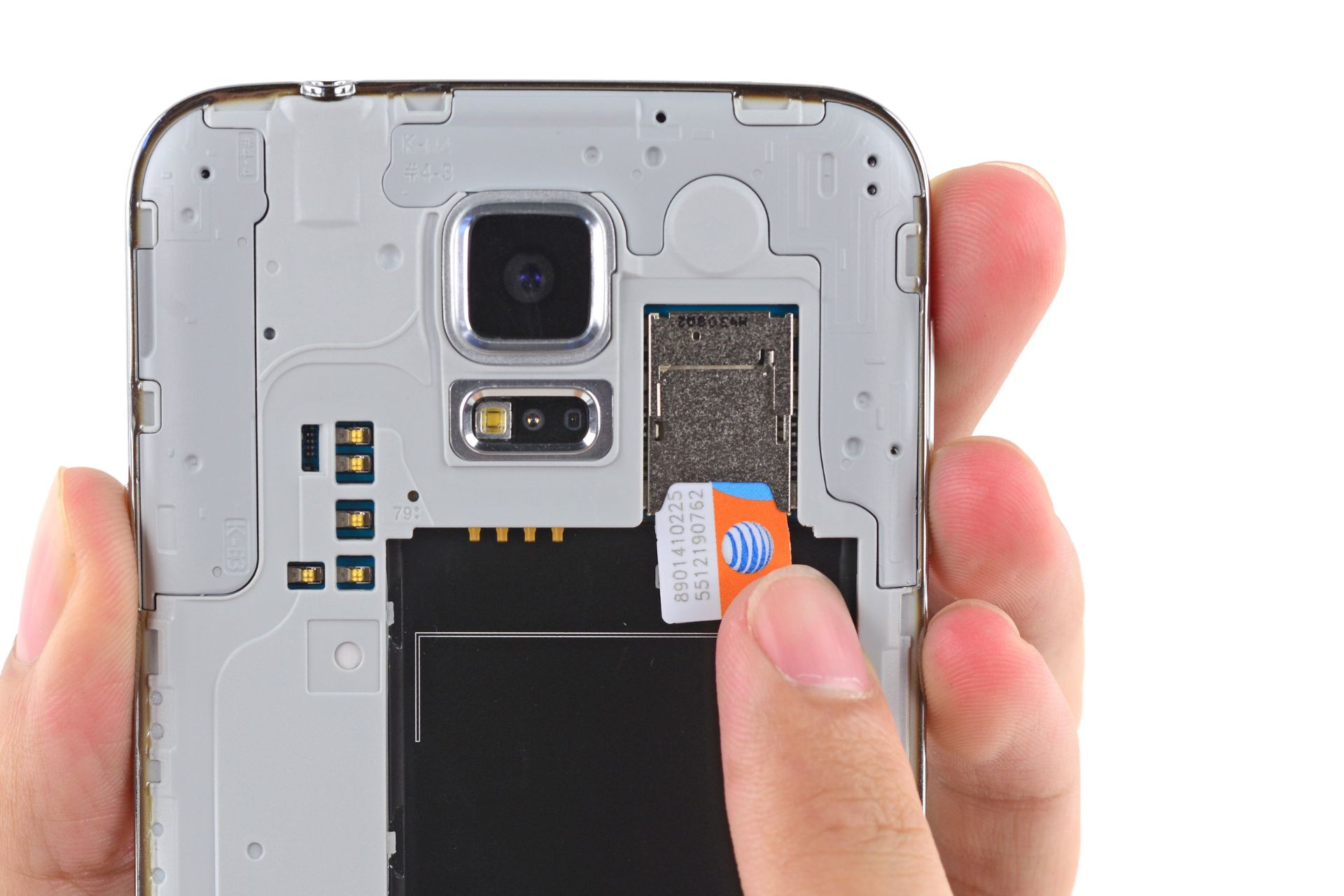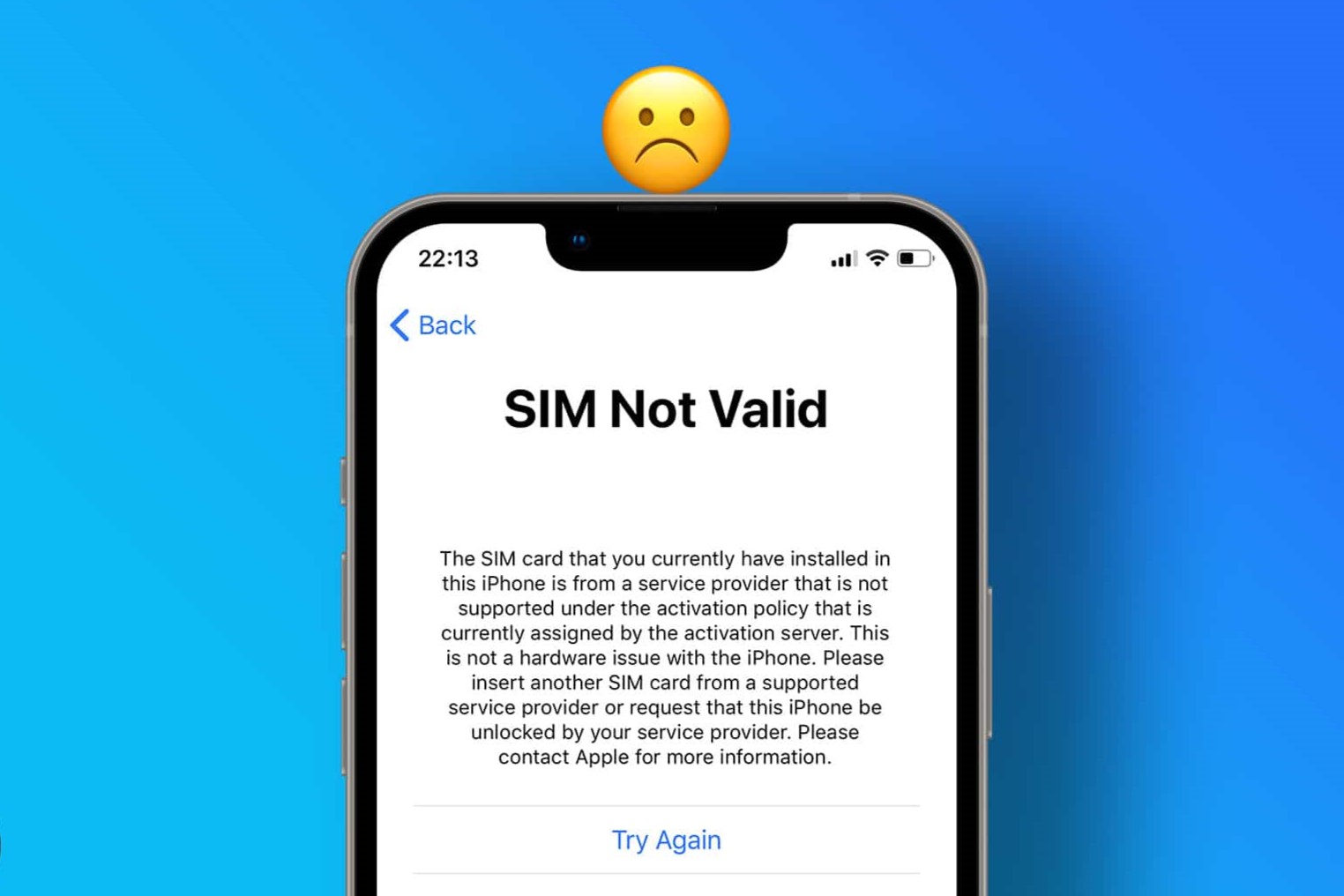Introduction
The SIM card, a small but mighty component nestled within our mobile devices, plays a crucial role in ensuring seamless connectivity. As we rely on our smartphones for communication, productivity, and entertainment, the lifespan of a SIM card becomes an intriguing subject. Understanding the factors that influence its longevity and recognizing the signs of wear and tear can empower users to maintain optimal performance and avoid unexpected disruptions.
The journey of a SIM card is often overlooked, yet it encompasses a fascinating blend of technology and durability. From the moment it is delicately inserted into a new phone, the SIM card embarks on a mission to facilitate calls, enable messaging, and provide access to mobile data. As it faithfully serves its purpose day in and day out, the wear and tear it experiences gradually becomes evident, prompting users to ponder the inevitable question: What is the expected lifespan of a SIM card?
In the digital age, where our reliance on mobile connectivity is ever-growing, the longevity of a SIM card holds significant relevance. By delving into the intricacies of this unassuming yet indispensable component, users can gain valuable insights into prolonging its lifespan and ensuring uninterrupted communication. Let's embark on a journey to unravel the mysteries of the SIM card's lifespan, exploring the factors that influence it and discovering proactive measures to extend its longevity.
What is a SIM Card?
A SIM card, short for Subscriber Identity Module, is a tiny, removable card that serves as the key to accessing a mobile network. It holds critical information that uniquely identifies a mobile device on the network, including the subscriber's identity, phone number, and network authorization data. This small but powerful component is pivotal in enabling voice calls, text messages, and mobile data usage on a smartphone or other cellular devices.
The SIM card is designed to securely store and manage the subscriber's identity and authentication information, ensuring that only authorized users can access the mobile network. It acts as a bridge between the mobile device and the network, facilitating seamless communication and data transfer.
Physically, a SIM card is typically a small, rectangular plastic card with a metallic chip embedded within it. The chip contains the essential data and is protected by a robust outer casing. There are different types of SIM cards, including standard SIM (mini-SIM), micro-SIM, and nano-SIM, each varying in size to accommodate different mobile devices.
The primary function of a SIM card is to authenticate the subscriber's identity to the mobile network, allowing the user to make and receive calls, send and receive text messages, and access mobile data services. This authentication process is vital in ensuring the security and integrity of the mobile network, as it verifies the user's identity and authorizes their access to network services.
Furthermore, the SIM card also stores contact information, text messages, and other data, serving as a portable repository of essential information. In addition to its role in enabling communication, modern SIM cards may also contain secure elements for mobile payment and other secure services, further expanding their functionality beyond traditional telecommunications.
In essence, a SIM card is the linchpin of mobile communication, providing the essential link between a mobile device and the cellular network. Its ability to securely authenticate users, store critical information, and enable seamless connectivity makes it an indispensable component in the realm of mobile technology. Understanding the significance of the SIM card sets the stage for exploring the factors that influence its lifespan and the measures to ensure its sustained functionality.
Factors Affecting Lifespan
The lifespan of a SIM card is influenced by a myriad of factors, ranging from environmental conditions to usage patterns. Understanding these factors can shed light on the expected longevity of a SIM card and empower users to take proactive measures to optimize its performance.
-
Environmental Factors: The environment in which a SIM card operates plays a significant role in determining its lifespan. Exposure to extreme temperatures, moisture, and physical damage can impact the card's internal components, potentially leading to premature wear and failure. High humidity levels and prolonged exposure to direct sunlight can also degrade the materials within the SIM card, affecting its overall durability.
-
Usage Patterns: The frequency and intensity of usage directly impact the wear and tear experienced by a SIM card. Constant insertion and removal from the device's SIM tray, as well as frequent switching between devices, can contribute to mechanical stress and potential damage to the card's contacts. Moreover, heavy usage of mobile data and frequent international travel, which involves switching between different network providers, can accelerate the wear on the SIM card.
-
Quality of Manufacturing: The quality of the SIM card itself, including the materials used and the manufacturing process, plays a crucial role in determining its lifespan. Higher-quality SIM cards are designed to withstand a greater number of insertion cycles and exhibit enhanced resistance to environmental factors. Conversely, lower-quality SIM cards may be more prone to premature wear and failure.
-
Network Compatibility: The compatibility between the SIM card and the mobile network infrastructure can impact its performance and longevity. In regions where the network technology is rapidly evolving, older SIM cards may struggle to keep up with the advancements, potentially leading to compatibility issues and reduced lifespan.
-
Storage and Handling: Proper storage and handling of SIM cards are essential for preserving their longevity. Exposure to magnetic fields, such as those generated by speakers or electronic devices, can interfere with the data stored on the SIM card. Additionally, rough handling or bending of the card can damage its internal components, leading to malfunctions.
-
Software Updates and Compatibility: The software and firmware updates pushed by mobile network operators and device manufacturers can impact the performance of SIM cards. Compatibility issues arising from software updates may lead to connectivity problems and premature wear if not addressed promptly.
By considering these factors, users can gain a deeper understanding of the dynamics that influence the lifespan of a SIM card. Implementing best practices for handling, storage, and usage can contribute to prolonging the card's functionality and ensuring uninterrupted connectivity.
Signs of a Failing SIM Card
Recognizing the signs of a failing SIM card is crucial for preempting potential disruptions to mobile connectivity. As this tiny yet pivotal component nears the end of its lifespan, it may exhibit various indicators of wear and tear. By astutely identifying these signs, users can take proactive measures to address the issue before experiencing a complete loss of functionality.
-
Intermittent or No Network Connectivity: One of the primary signs of a failing SIM card is the sporadic loss of network connectivity. Users may notice frequent signal dropouts, an inability to make or receive calls, or persistent network disconnections. These irregularities can signal deteriorating contacts within the SIM card or internal damage, prompting the need for immediate attention.
-
Inconsistent Call Quality: A failing SIM card may manifest in the form of deteriorating call quality. Users may experience instances of muffled or distorted audio during calls, frequent call drops, or difficulty in establishing connections. These issues can indicate underlying problems with the SIM card's ability to maintain a stable connection with the mobile network.
-
Unreliable Text Messaging: As a SIM card approaches the end of its lifespan, users may encounter difficulties in sending or receiving text messages. Delayed message delivery, failed message transmissions, or the inability to access messaging services can serve as warning signs of a failing SIM card.
-
Mobile Data Disruptions: Users reliant on mobile data services may notice disruptions in data connectivity as the SIM card nears the end of its lifespan. Slow data speeds, frequent disconnections from mobile networks, or an inability to access data services altogether can point to underlying issues with the SIM card's functionality.
-
Error Messages and Network Registration Failures: When a SIM card is failing, users may encounter error messages related to network registration failures or SIM card detection issues. Messages such as "No SIM Card Detected" or "SIM Card Error" appearing on the device's screen indicate potential problems with the SIM card's ability to communicate with the mobile network.
-
Inability to Roam or Connect to Different Networks: For users who frequently travel or switch between different network providers, a failing SIM card may exhibit an inability to roam or connect to alternative networks. This limitation can hinder the device's ability to access network services outside the home network, signaling a compromised SIM card.
By remaining vigilant for these signs, users can promptly address potential issues related to a failing SIM card, thereby ensuring uninterrupted mobile connectivity. Additionally, understanding these indicators enables users to differentiate between SIM card-related issues and other device malfunctions, facilitating targeted troubleshooting and resolution.
Extending the Lifespan
Prolonging the lifespan of a SIM card involves adopting proactive measures that mitigate the impact of factors contributing to wear and tear. By implementing best practices in handling, maintenance, and usage, users can optimize the performance and durability of their SIM cards, ensuring sustained connectivity and reliability.
Proper Handling and Insertion
Gentle handling and correct insertion of the SIM card into the device's SIM tray are essential for preserving its longevity. Users should avoid exerting excessive force when inserting or removing the SIM card, as this can potentially damage the card's contacts and internal components. Additionally, ensuring that the device is powered off before handling the SIM card minimizes the risk of electrical damage.
Protective Storage
Storing spare or unused SIM cards in protective cases or sleeves shields them from physical damage and environmental factors. These simple accessories provide an added layer of protection, safeguarding the SIM card against moisture, dust, and mechanical stress. Furthermore, storing SIM cards away from direct sunlight and extreme temperatures helps maintain their structural integrity.
Regular Inspection and Cleaning
Periodically inspecting the SIM card and its contacts for signs of dirt, dust, or corrosion is crucial for maintaining optimal functionality. Gently cleaning the SIM card's contacts with a soft, dry cloth or a specialized contact cleaner can remove accumulated debris, ensuring reliable connectivity. It is important to exercise caution and avoid using liquids or abrasive materials during the cleaning process.
Minimized SIM Swapping
Minimizing the frequency of SIM card swapping between devices can reduce mechanical stress on the card's contacts and prolong its lifespan. Users should refrain from frequently transferring the SIM card between different devices unless necessary, as each insertion and removal cycle contributes to wear and tear. Additionally, using a SIM card adapter when switching between different-sized SIM trays can minimize the risk of physical damage.
Software Updates and Compatibility
Regularly updating the device's software and ensuring compatibility with the latest network technologies can optimize the performance of the SIM card. By staying current with firmware updates and network configurations, users can mitigate compatibility issues and ensure seamless integration between the SIM card and the mobile network infrastructure. Addressing software-related concerns promptly can prevent premature wear and connectivity disruptions.
Avoiding Exposure to Magnetic Fields
Protecting the SIM card from exposure to magnetic fields, such as those generated by speakers, electronic devices, or magnetic accessories, is essential for preserving its data integrity. Magnetic interference can corrupt the information stored on the SIM card, leading to connectivity issues and potential data loss. Users should exercise caution when placing their devices near magnetic sources to minimize the risk of magnetic damage to the SIM card.
By embracing these proactive measures, users can extend the lifespan of their SIM cards and optimize their functionality. Incorporating these best practices into daily usage and maintenance routines empowers users to safeguard their connectivity and minimize the impact of environmental and usage-related factors on their SIM cards. Ultimately, by nurturing the longevity of their SIM cards, users can enjoy uninterrupted mobile connectivity and enhanced reliability.
Conclusion
In conclusion, the lifespan of a SIM card is a multifaceted journey influenced by environmental conditions, usage patterns, manufacturing quality, network compatibility, and handling practices. As users navigate the realm of mobile connectivity, understanding the intricacies of the SIM card's lifespan empowers them to make informed decisions and adopt proactive measures to optimize its performance.
By recognizing the signs of a failing SIM card, such as network connectivity issues, call quality deterioration, and mobile data disruptions, users can preempt potential connectivity disruptions and address underlying issues promptly. Vigilance in identifying these indicators serves as a cornerstone for ensuring uninterrupted mobile connectivity and differentiating between SIM card-related concerns and other device malfunctions.
Moreover, extending the lifespan of a SIM card involves embracing best practices in handling, maintenance, and usage. From gentle insertion and protective storage to regular inspection and minimized SIM swapping, users can proactively mitigate the impact of wear and tear, safeguarding their SIM cards against premature failure. Additionally, staying abreast of software updates and compatibility considerations enhances the integration between the SIM card and the mobile network infrastructure, fostering sustained reliability.
As users embark on the quest to prolong the lifespan of their SIM cards, the amalgamation of these proactive measures cultivates an environment conducive to sustained connectivity and optimal performance. By nurturing the longevity of their SIM cards, users can traverse the digital landscape with confidence, knowing that their mobile connectivity remains steadfast and reliable.
In essence, the lifespan of a SIM card intertwines with the user's journey through the realm of mobile technology, embodying the delicate balance between technological durability and human intervention. By unraveling the mysteries of the SIM card's lifespan and embracing proactive measures, users can embark on a seamless and uninterrupted mobile connectivity experience, enriched by the longevity and reliability of their SIM cards.







